Facing the two mainstream LED display technologies, DIP and SMD, how can stadium operators make the wisest choice?
In the sports arena, LED displays have become an indispensable core equipment. They not only present scores and game information in real-time but also play a key role in replaying exciting moments, displaying advertisements, and interacting with the audience.
DIP (Dual In-line Package) technology is a traditional solution in the field of outdoor displays. Its characteristic is that each LED lamp bead has two pins, which are directly inserted into the PCB board and soldered for fixation. This structure gives DIP displays extremely high reliability and stability, making them particularly suitable for outdoor environments.
The biggest advantage of DIP displays is their excellent waterproof performance and high brightness output. Since each lamp bead is independently encapsulated with epoxy resin, it forms a natural waterproof barrier. The bowl-shaped structure of DIP lamp beads effectively gathers light, achieving higher brightness output (Kingaurora DIP570 full-color three-in-one lamp beads can reach a brightness of 8000-10000 nits), ensuring clear visibility even under direct sunlight.
SMD (Surface Mounted Device) technology is currently the mainstream choice for indoor displays. This technology encapsulates red, green, and blue chips in the same bracket and fixes them to the PCB board through surface mount technology.
SMD technology can achieve smaller pixel pitches, thereby providing higher resolution and more delicate image quality. The viewing angle of SMD displays usually exceeds 160 degrees, ensuring a good viewing experience for audiences in different positions of the stands. Its lightweight design also makes installation and maintenance more convenient.
In outdoor stadium environments, LED displays need to be directly exposed to the natural environment, enduring sunlight, rain, temperature changes, and other challenges. In this regard, DIP technology shows significant advantages.
The operating temperature range of DIP displays can usually reach -40°C to 85°C, allowing them to adapt to extreme climate conditions. Their IP65 and above protection等级 ensures normal operation even during heavy rain. These characteristics make DIP the best choice for outdoor stadiums.
For indoor stadiums, SMD technology has more advantages. SMD displays can provide higher refresh rates (≥3840Hz) and a wider color gamut, ensuring that fast-moving images are presented clearly and smoothly. This is particularly important for replaying exciting moments and displaying dynamic advertisement content.
The high contrast (≥5000:1) and uniformity of SMD displays can also enhance the indoor viewing experience. In indoor environments with well-controlled lighting, SMD technology can present more delicate and realistic color effects.
From an investment cost perspective, SMD displays usually have lower production costs, mainly due to their highly automated manufacturing process. However, for outdoor applications, the additional protection costs for SMD displays need to be considered.
Although the initial investment for DIP displays is higher, their longer service life (up to 10 years) and lower maintenance requirements often provide a better return on investment over the entire use cycle. Especially in outdoor environments, the anti-aging performance and stability of DIP displays can significantly reduce maintenance costs.
Maintenance convenience is also an important consideration for stadium operation. DIP displays support both front and rear maintenance methods, and this flexibility is particularly important in complex installation environments like stadiums. Replacing individual DIP lamp beads is relatively simple and does not require disassembling the entire module.
Maintenance of SMD displays usually requires professional technicians and specialized equipment, resulting in relatively higher maintenance costs. However, with technological development, modularly designed SMD displays have also greatly improved maintenance convenience.
|
Feature |
DIPTechnology |
SMDTechnology |
|
Applicable Environment |
Outdoor/Indoor |
Mainly Indoor, Outdoor requires special treatment |
|
Brightness |
High (up to 8000-10000 nits) |
Medium (usually 5000-8000 nits) |
|
Waterproof Performance |
Excellent (IP65 and above) |
Good (requires additional protection) |
|
Resolution |
Lower (suitable for long-distance viewing) |
High (suitable for medium and short-distance viewing) |
|
Viewing Angle |
120-140 degrees |
160 degrees and above |
|
Service Life |
Long (up to 10 years) |
Medium-Long (usually 70,000-80,000 hours) |
|
Maintenance Cost |
Lower |
Medium |
|
Initial Investment |
Higher |
Lower |
|
Refresh Rate |
- |
High (≥3840Hz) |
|
Response Speed |
- |
Fast (delay <1ms) |
With 16 years of industry experience, Kingaurora focuses on innovation and optimization of outdoor display technology and has become a leader in this field. Through its exclusive patented DIP570 lamp bead technology, Kingaurora has successfully solved the high brightness and energy saving problems of outdoor displays, improving display effects while significantly reducing energy consumption.
· High Brightness and Energy Saving: The DIP570 lamp bead has exclusive improvements in light efficiency, heat dissipation, and circuit optimization, making it more energy-efficient at the same brightness, saving up to 30% electricity compared to similar products.
· Excellent Environmental Adaptability: Can work normally in extreme environments from -40°C to 70°C, with IP65 protection等级, and special treatments for UV resistance and salt spray prevention.
· Long Life and High Reliability: Using Kingaurora's patented packaging technology, the brightness attenuation of the lamp bead is less than 15% within 5 years, significantly extending the display's service life.
Kingaurora's outdoor LED displays are known for their excellent wind resistance, high transparency, and outstanding weather resistance, able to operate stably under various extreme weather conditions. Whether it's high temperature, strong wind, or complex lighting environments, Kingaurora's displays ensure clear visibility of content.
With its technical strength and industry reputation, Kingaurora continuously promotes innovation and progress in display technology, helping more enterprises and institutions use this innovative technology to interact and communicate with the public more closely and effectively.
Priority should be given to DIP displays. Their high reliability and high brightness ensure stable display effects under various weather conditions. Especially for key equipment such as main displays and scoreboards, DIP technology should be chosen to ensure smooth progress of events.
SMD displays can be considered. Their high resolution and excellent color performance can enhance the viewing experience, especially suitable for scenarios requiring detailed content display and video replays.
(With a roof but not completely enclosed) need to make choices based on specific environmental conditions. If the main area of the display can avoid direct exposure to rainwater, SMD technology with appropriate protective measures can be used; if there is an exposure risk, DIP displays are recommended.
May need to consider budget factors more. In this case, a more cost-effective solution can be chosen based on usage frequency and environmental conditions. If the usage frequency is not high and there are good protective conditions, SMD displays may be a more economical choice.
With the continuous development of LED technology, both DIP and SMD technologies are constantly advancing. DIP technology is moving towards higher resolution and better color performance while maintaining high reliability. New generation DIP products can already achieve smaller pixel pitches, providing more delicate display effects.
SMD technology focuses on improving outdoor applicability and environmental durability. Through improved packaging materials and processes, the outdoor service life and stability of SMD displays have been significantly enhanced.
Emerging COB and IMD technologies are also entering the field of outdoor displays, which may provide new choices for stadium displays in the future. But at this stage, DIP and SMD are still the most reliable choices proven by practice.
When choosing stadium LED displays, one should not simply judge which technology is better but should make a comprehensive consideration based on specific application scenarios, environmental conditions, and usage needs.
For outdoor stadiums and main displays, priority should be given to DIP technology. Its excellent reliability and environmental adaptability can ensure the smooth progress of events; for indoor stadiums and auxiliary displays, SMD technology can be considered. Its excellent image quality and cost-effectiveness can enhance the viewing experience.
Kingaurora's DIP570 lamp beads and outdoor display products, with their high brightness, low energy consumption, long life, and excellent environmental adaptability, become an ideal choice for outdoor sports venues. Whether dealing with extreme climate conditions or reducing long-term operating costs, Kingaurora can provide comprehensive solutions.
No matter which technology is chosen, product quality and service should be valued. Choose suppliers with rich experience in stadium projects to ensure that the display can meet the special requirements of sports events and bring the best visual experience to the audience.
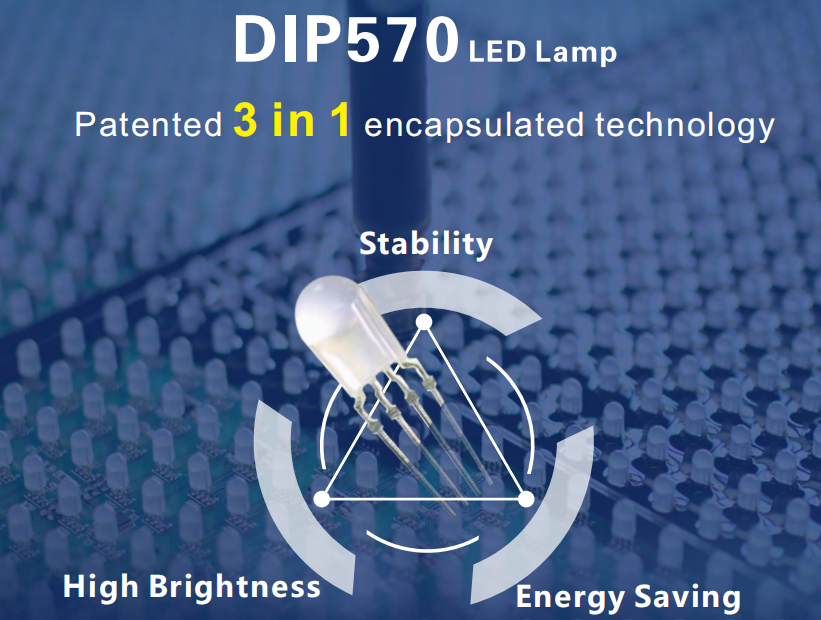








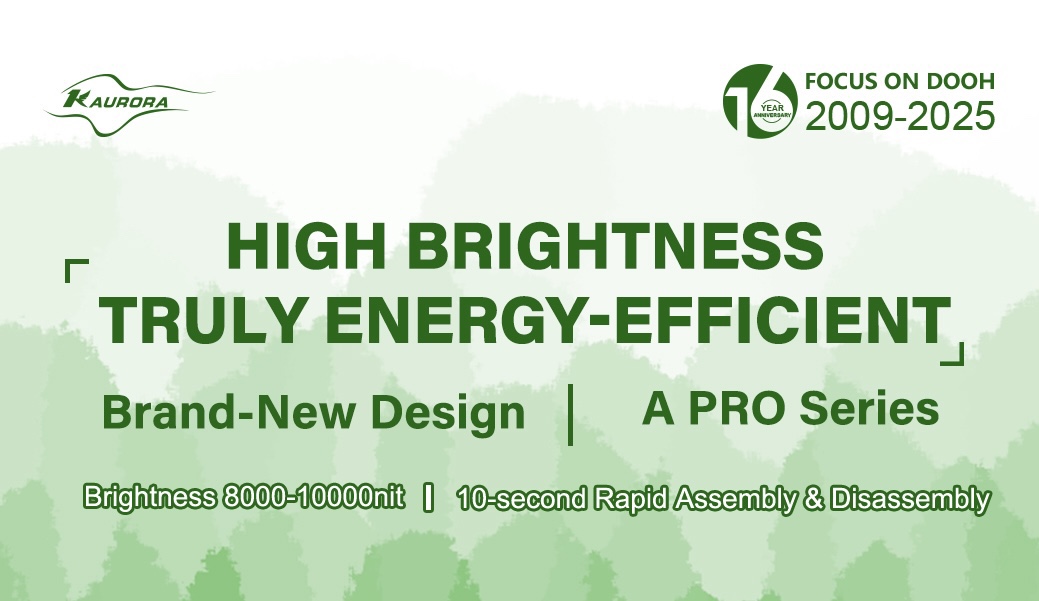
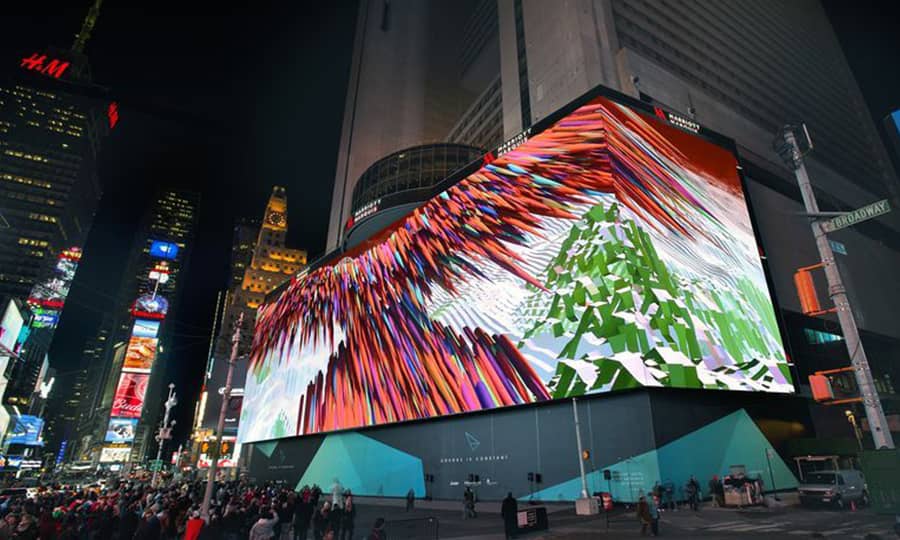
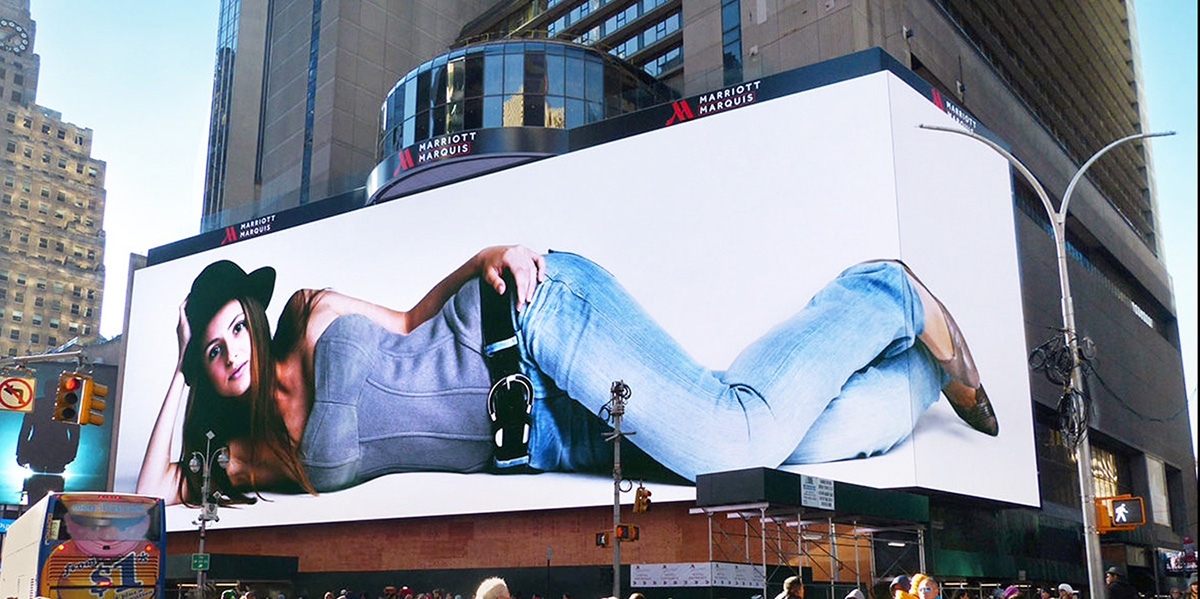
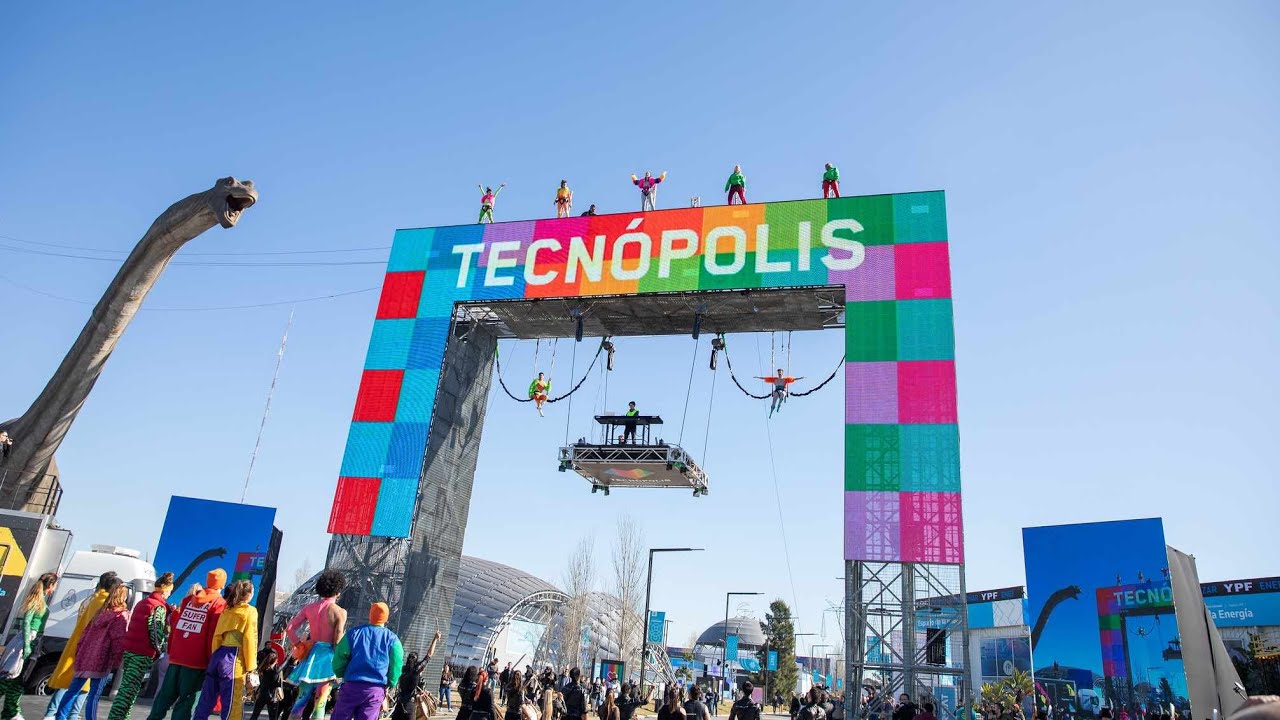
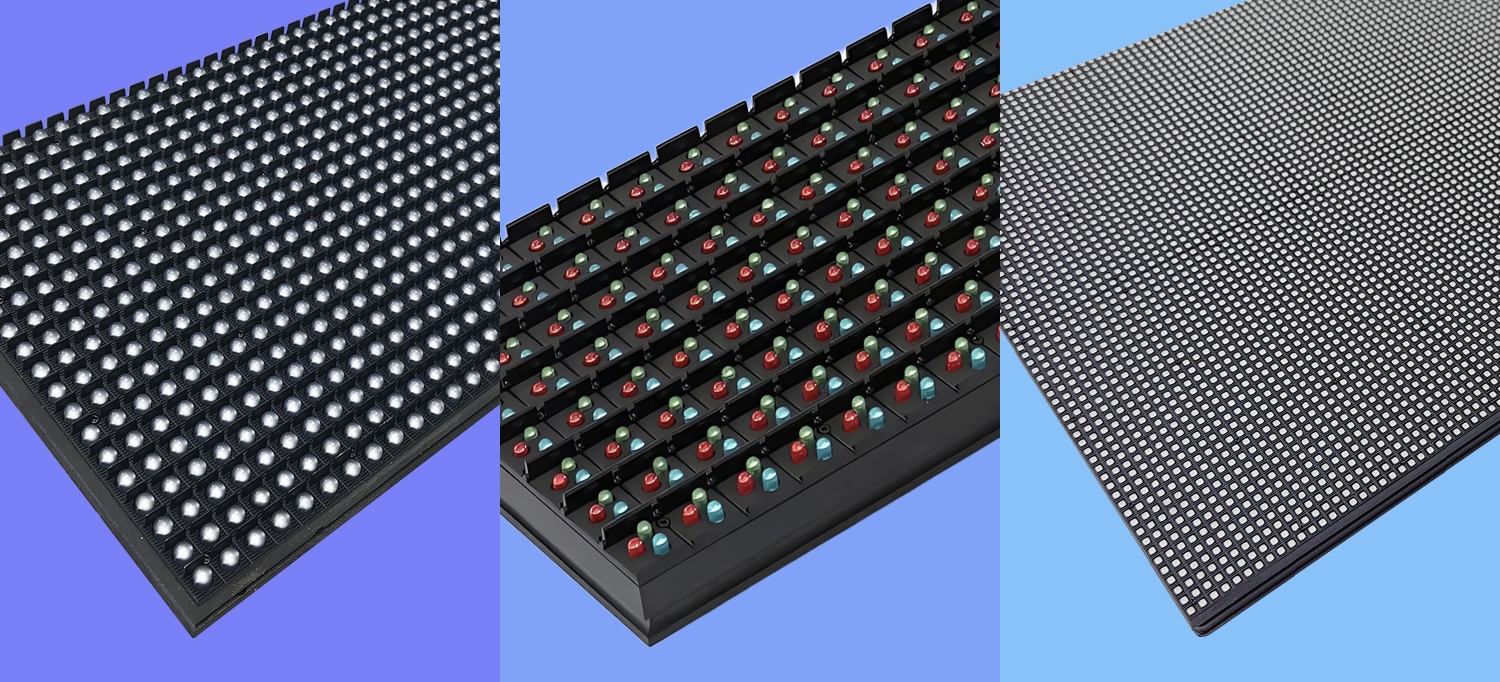
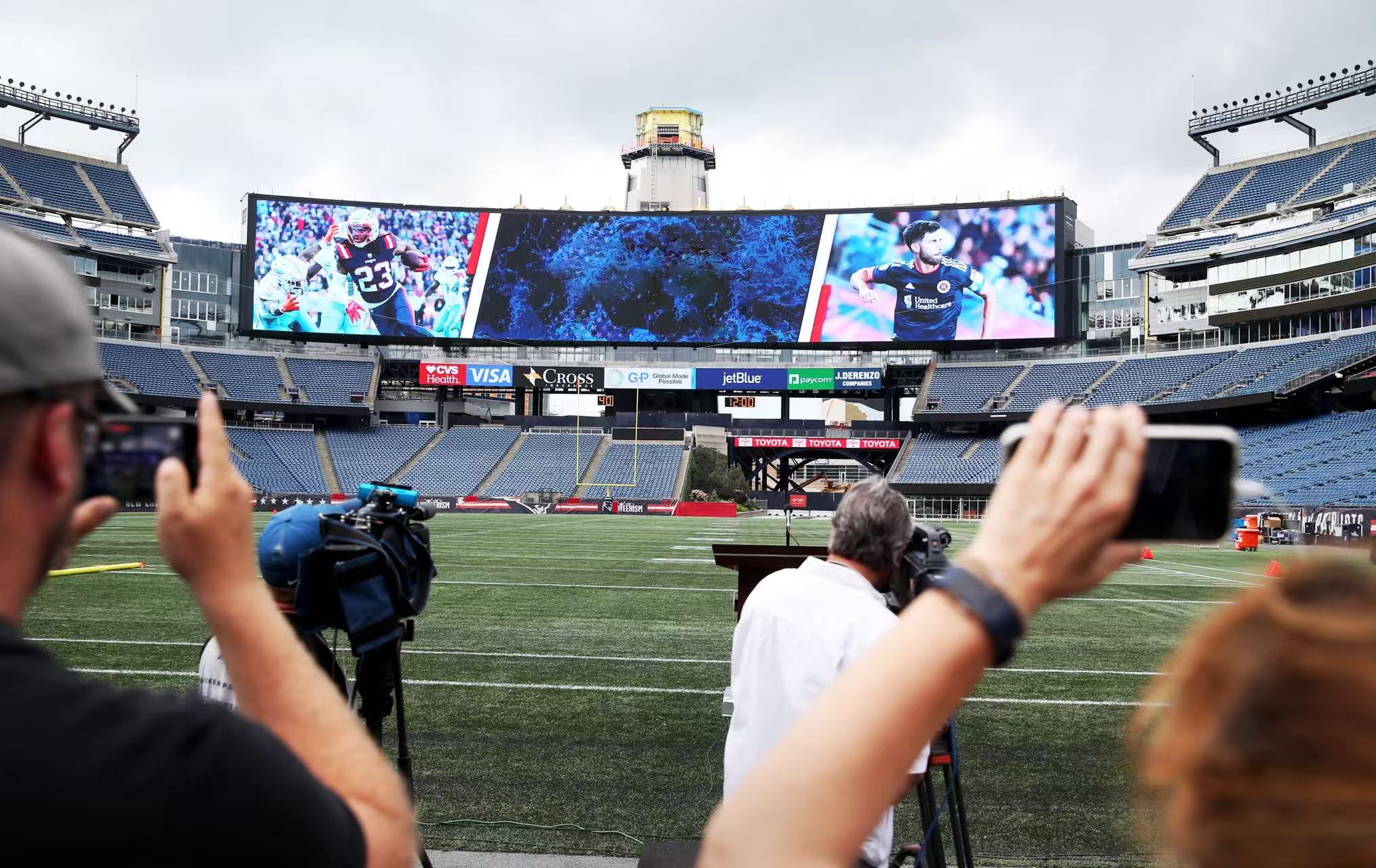
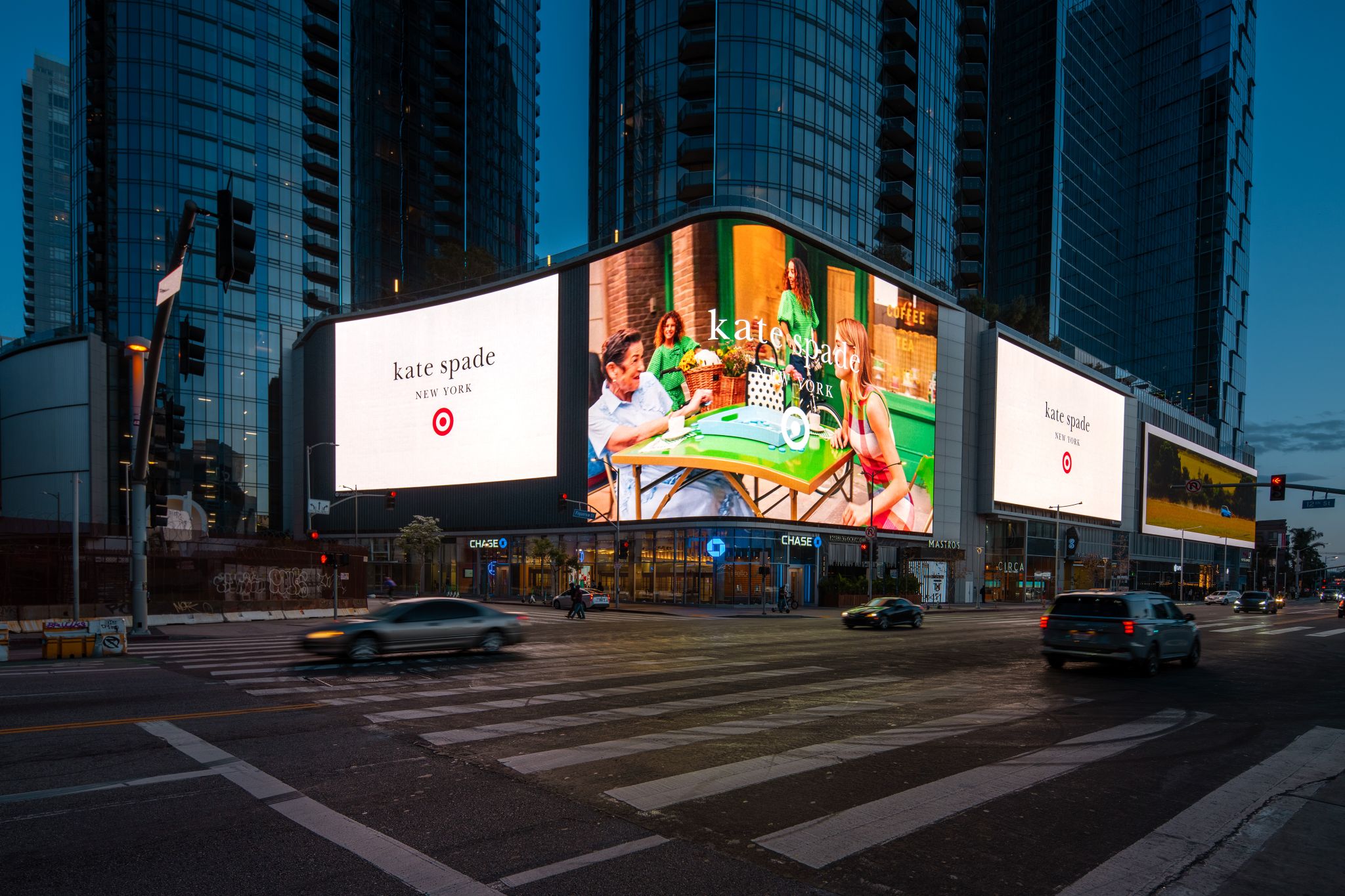

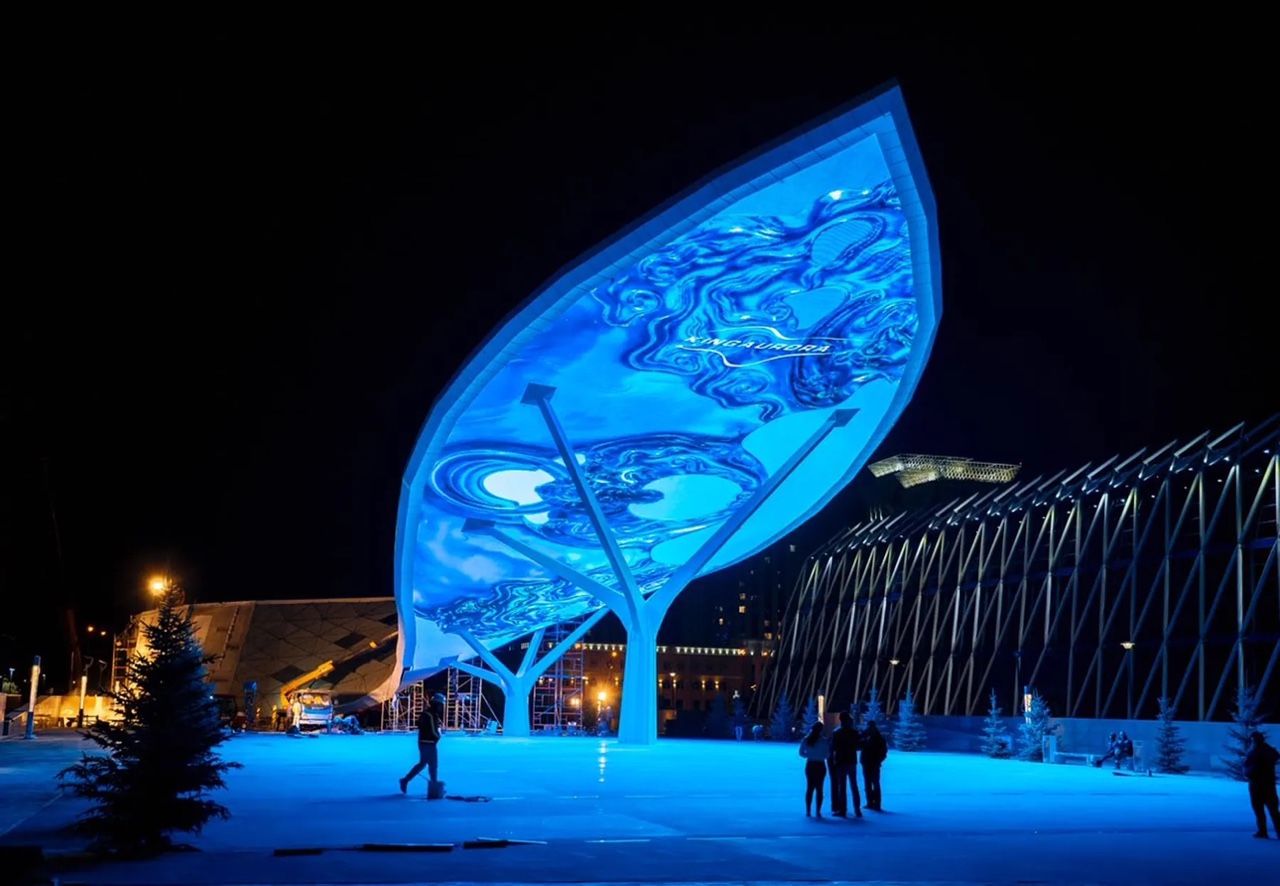
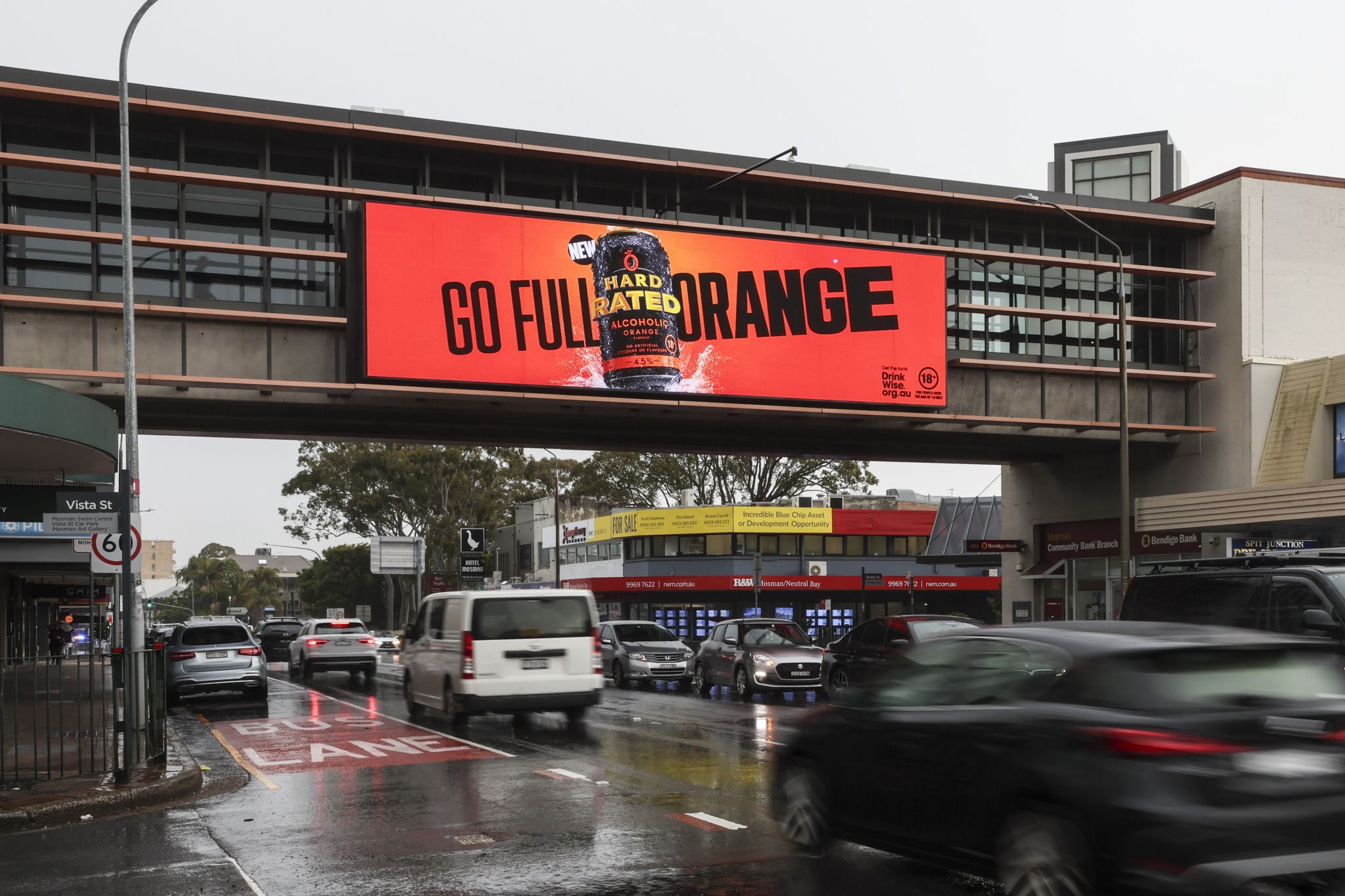
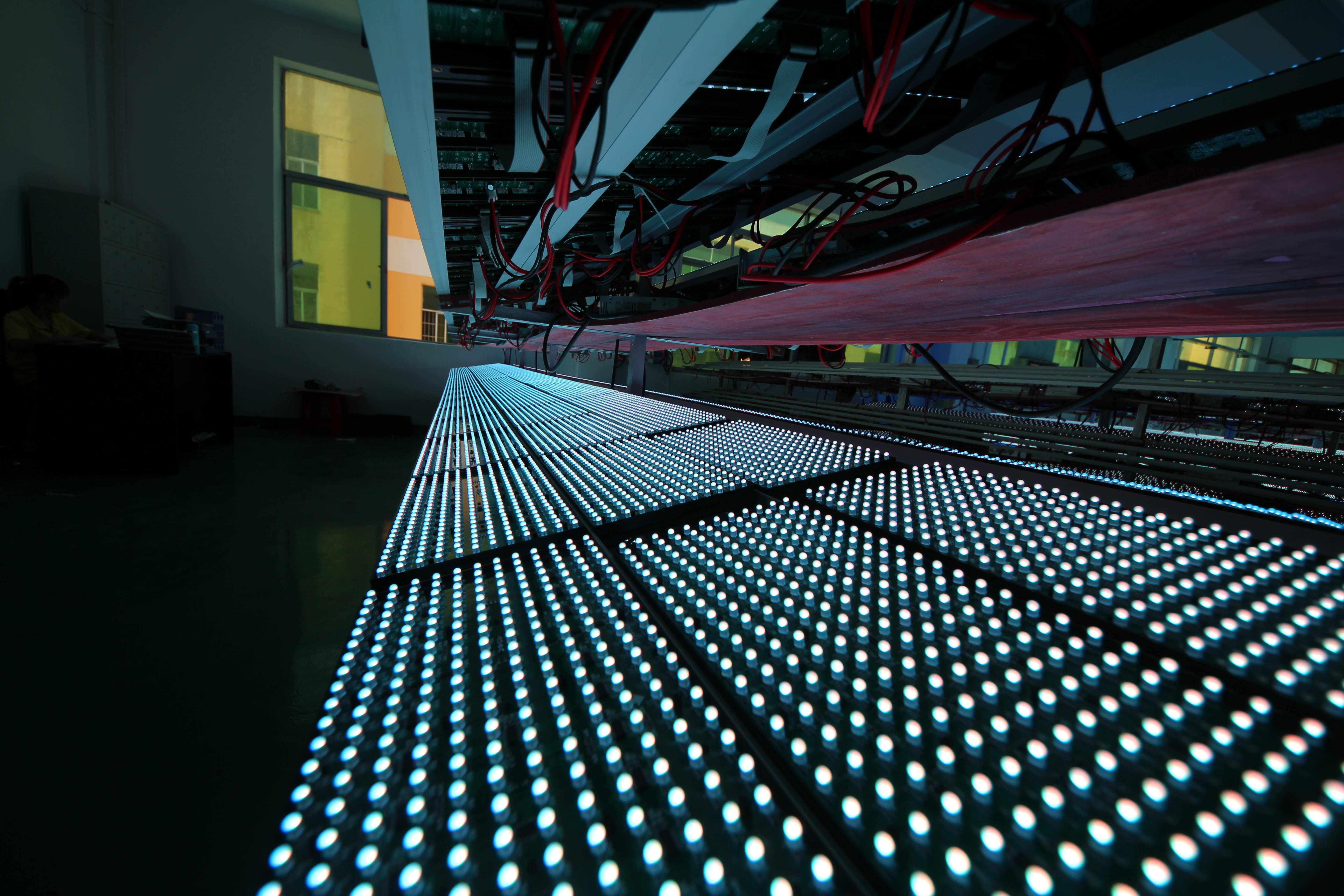

3th Building,Gaosite Zone Pingshan
New District, Shenzhen

sevice88@kingaurora.com
3th Building,Gaosite Zone Pingshan
New District, Shenzhen